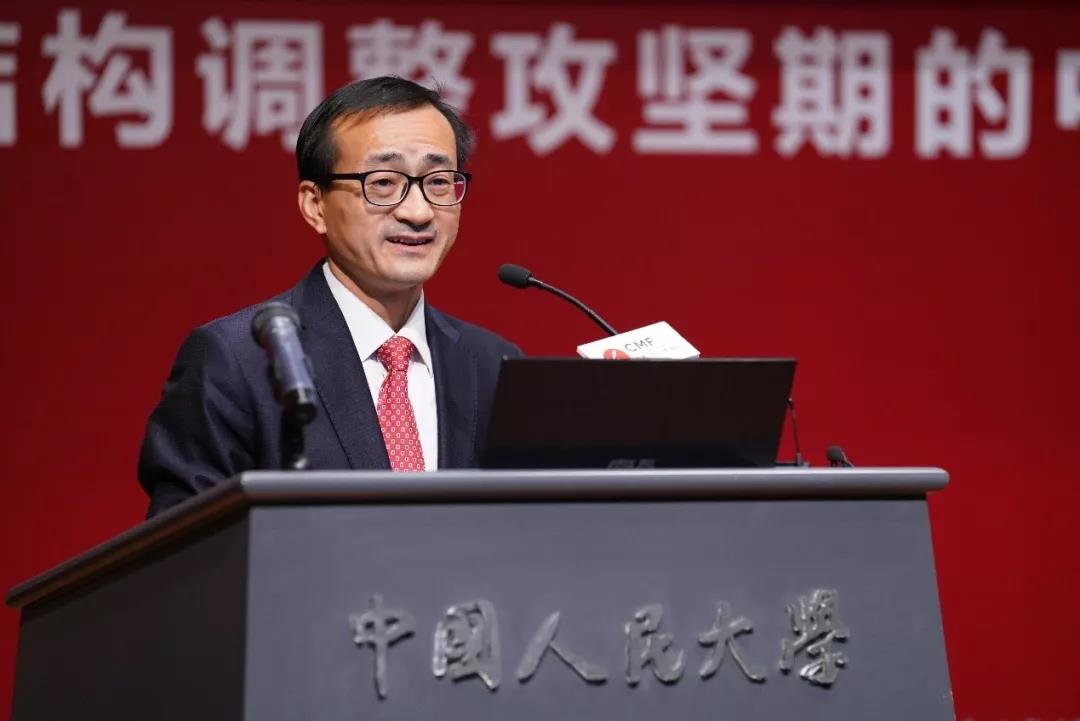 Research Update
Research Update
10
Dec
In 2019, with multiple effects such as the intensified trade conflict between China and the United States, the simultaneous decline of the world economy, the continuous fermentation of domestic structural factors, and the increase of cyclical downward forces, China's macro economy bids farewell to the 2016-2018's plateau of "stabilized slowing down," and see the economic growth slows down increasingly and the economic structure differentiates significantly. Under the triple impacts of the simultaneous declines of the five major short-term cyclical factors, the accelerated decline of the three traditional dividends, and the two casual emergencies, China's macroeconomic elasticity and resilience have been fully demonstrated. Offset by the counter-cyclical adjustment policy focusing on the “six stabilizations” and the continued supply-side structural reforms, China's macroeconomics has successfully maintained its bottom line and achieved its expected goals. However, it is worth noting that in the process of economic growth decline, the structural differentiation of the economy is more serious, the upgrading structural adjustment has slowed down, while the depressing structural adjustment has continued to accelerate, resulting in the adjustment of China's economic structure in 2019 entering a difficult period.
2020 is the year of China's all-around moderate prosperity, and China's macro economy will undergo major changes on the basis of the continuation of the basic operating model of 2019. There is no need to be overly pessimistic. On the one hand, the downward trend forces and structural forces in 2019 will continue to exert impacts, leading to a further decline in the potential GDP growth in 2020; on the other hand, many downward cyclical forces in 2019 will begin to show turning points. With the consolidation and cultivation of the top ten positive factors, the macroeconomic downturn will be moderated, to an extent significantly smaller than in 2019. Among them, the reversal of some cyclical forces and the continuous improvement of China's institutional dividend will be the new changes that deserve the most attention and expectation in 2020.
Firstly, with the basic placement of governance reorganization and the full implementation of the spirit of the Fourth Plenary Session of the 19th Central Committee, China's institutional dividend will rise in an all-round way, and the growth rate of TFP will be significantly improved. Secondly, with stabilized lever ratios, the declined growth in debt payables, the orderly disposal of high-risk institutions, the replenishment of financial institutions' capitals, and the improvement of regulatory shortcomings, financial risks have tended to converge, the battle against financial risks has achieved phased victories and the financial environment will be significantly improved. Thirdly, the business inventory cycle bottomed out, and excessive de-stocking in the early stage provided a large space for companies to replenish their inventories in 2020. Fourthly, the panic period over the China-US trade conflict has passed, and adaptive adjustments have basically been put in place, and corporate confidence will obviously return. Fifthly, various strategies launched in response to external shocks will effectively increase the effective demand of the corresponding departments, and, especially those launched in key technologies, scientific and technological research and development systems, domestic substitution, and important equipment, will deliver good driving effects. Sixthly, with the reversal of the global auto cycle, the Chinese auto market may be stabilized. Seventhly, the reversed pig cycle, the normalized pork supply and demand, and the sharp decline in pork pricing will provide space for macro policies and improve people's consumption expectations. Eighthly, under the effect of continuous improvement in infrastructure investment, continued rise in state-owned enterprise investment, and improvements expected by private entrepreneurs, private investments are expected to get rid of the dilemma at the end of 2020. Ninthly, a new round of more proactive fiscal policy and a sound monetary policy with marginal easing will be further strengthened, which, together with the social policy dividends brought by the all-round moderate prosperity in 2020 and the global policy dividends brought by the global synchronous easing, determines that the policy dividends in 2020 would be more than those in previous years. Tenthly, China's huge market, diversified export paths, complete industries, strong human resources, developing innovation consciousness and competition, and strong government and its control capacity determine that the resilience and elasticity of China's economy would be further strengthened in 2020.